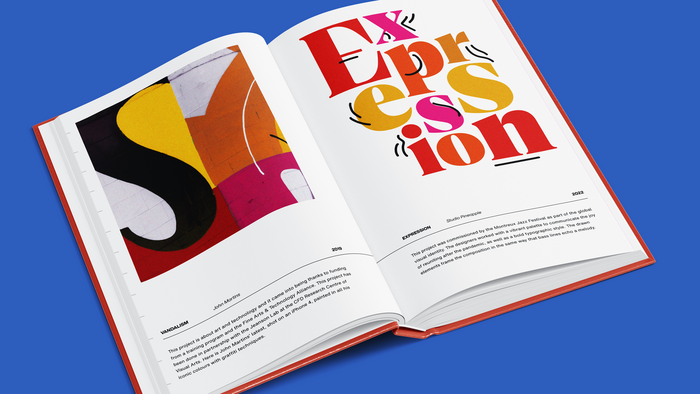Find design inspiration in an age of information overload.

Legibilidade de fonte
criativo
Media and publishing fonts
For most creatives, starting a new project is both an exciting yet intimidating endeavor. Getting into a ”flow state” can take some time and translating your client’s objectives into inspiration doesn’t always happen immediately. Regardless of your creative discipline, you may begin with a mood board or scan for fodder to ignite that spark. What if you already had a reliable Rolodex of design inspiration at the ready?
Inspiration tends to be a very personal experience. Most people have their own rituals: go for a walk, make coffee, browse Behance, sit down with a design book, and so on. To avoid getting lost in a rabbit hole of scrolling for inspiration online or waiting for it to strike, it can help to build a library and set some constraints.
We are all exposed to masses of visual content everyday: between imagery and video on social media, ads and billboards, product packaging, TV titles, signage, and more, it can often feel like visual overload. A good first step to finding fresh inspiration is to start by looking for things that stand out to you, and really consider why they’re meaningful. Monotype’s own Brand Designer, Marie Boulanger (get to know her here), describes how she keeps a fresh eye on the world.
Marie Boulanger, Brand Designer

“We designers think about what we see all the time,” she says. “If I’m looking out for something specific, it has to make me think, or stop me in my tracks or cause me to react in some way. It can be somebody’s style that’s really personal and unique. It could be the medium that they use or the way that they create with a certain material, or the way that it’s presented. That’s why I try to avoid mindlessly scrolling because otherwise everything blends together. Nothing stands out. Try to keep your sense of inspiration somewhat organic by paying attention to the reactions you have to the work - that’s important.”